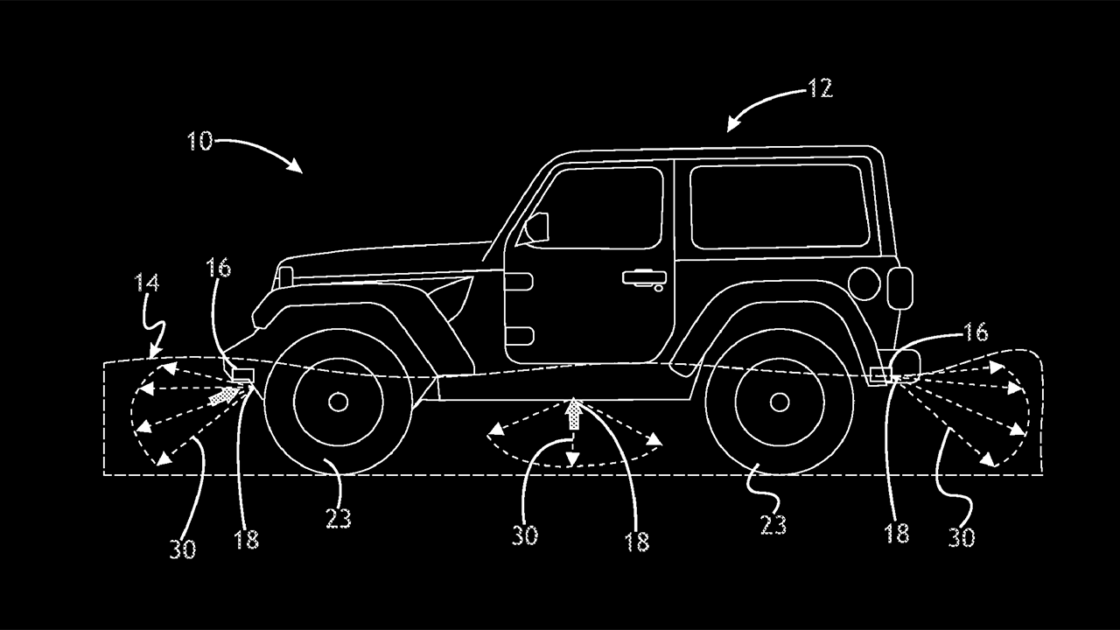Jeep Designed A Front Bumper Bench Seat For The Wrangler And Gladiator

The Jeep Wrangler and Gladiator may soon seat seven, but only when they’re parked.
Stellantis has applied for a patent on a clever grille guard it debuted at the Easter Jeep Safari last year.
It was installed on the Gladiator Rubicon Sideburn concept and is designed to fold down horizontally and serve as a bench seat.
The tubular guard was attached to a steel bumper that had accommodations for the hinges required for it to operate, but could also still fit a Warn winch.
Read Also: PATENT REVEALS ELECTRIC JEEPS, RAMS AND DODGES COULD GET A 3-SPEED TRANSMISSION — HERE’S WHY

“It is becoming increasingly common for people to purchase a vehicle having various accessories that aesthetically improve an appearance of the vehicle or increase its functionality,” the application explains.

“Moreover, it is becoming increasingly common for an owner of a vehicle to separately purchase
accessories for the vehicle fi the vehicle was originally purchased in a state that did not include the accessories. For example, if the vehicle is a vehicle that can travel off-road, the owner may elect to obtain and install a grille guard that protects the front of the vehicle from impacts that result from using the vehicle off-road. In addition, there is a desire for vehicle accessories.”

The patent takes the design a step further from the concept’s by adding a pad that can be inserted into the guard to make it more comfortable to sit on.
Read Also: JEEP JUST KILLED THE LAST AMERICAN PICKUP WITH A STICK-SHIFT
Jeep hasn’t announced plans to put the guard on sale yet, and it hasn’t appeared on any other concepts, but applying for the patent indicates that it thinks it has a good idea on its hands.

Another one that American Cars And Racing recently uncovered was for a Vehicle Underwater Detection System that can detect when a vehicle is semi-submerged and use sonar and lidar to determine the water depth and look for obstacles beneath the surface. The information could then be shared with the driver to help them navigate or by the vehicle itself if it is equipped with autonomous driving capability.
